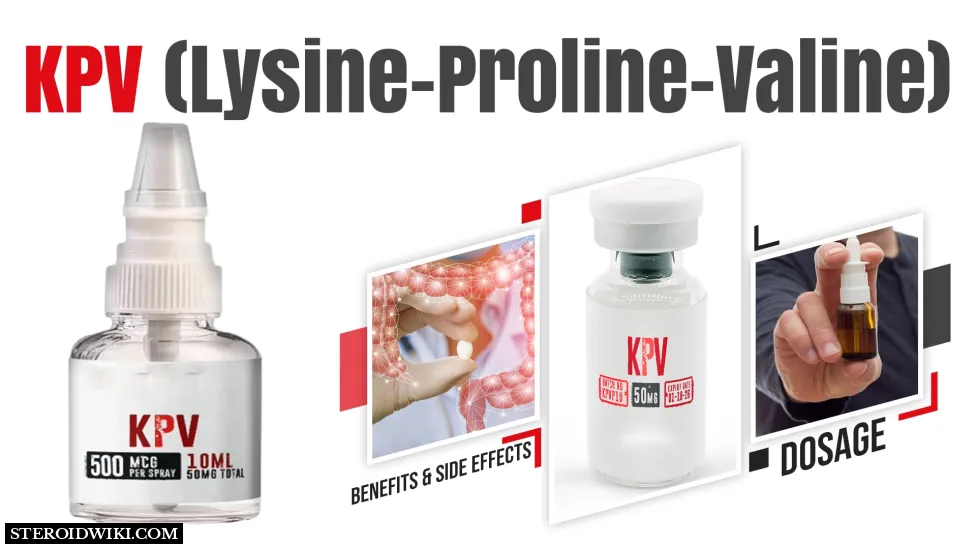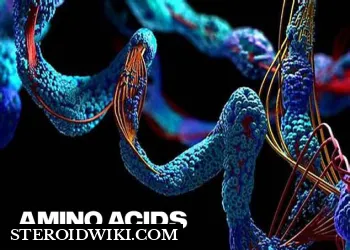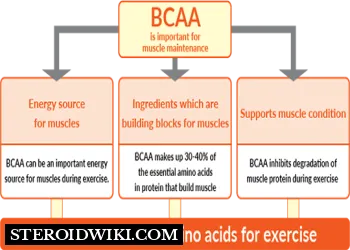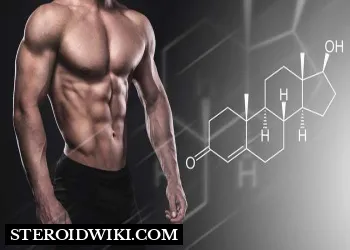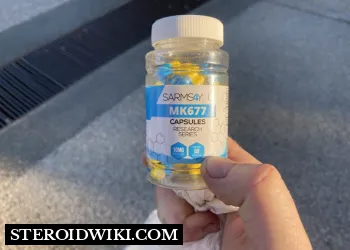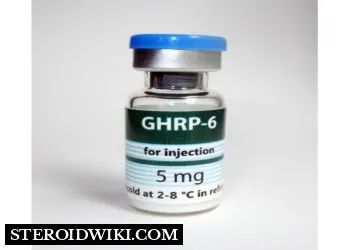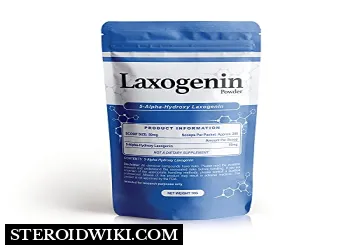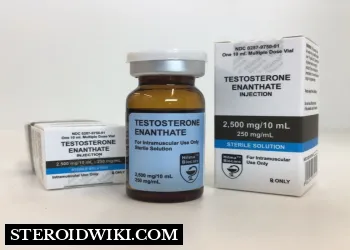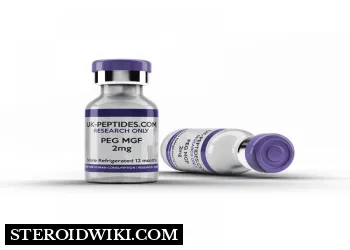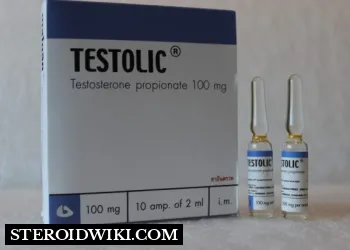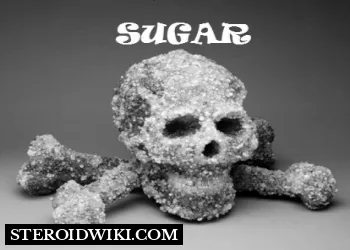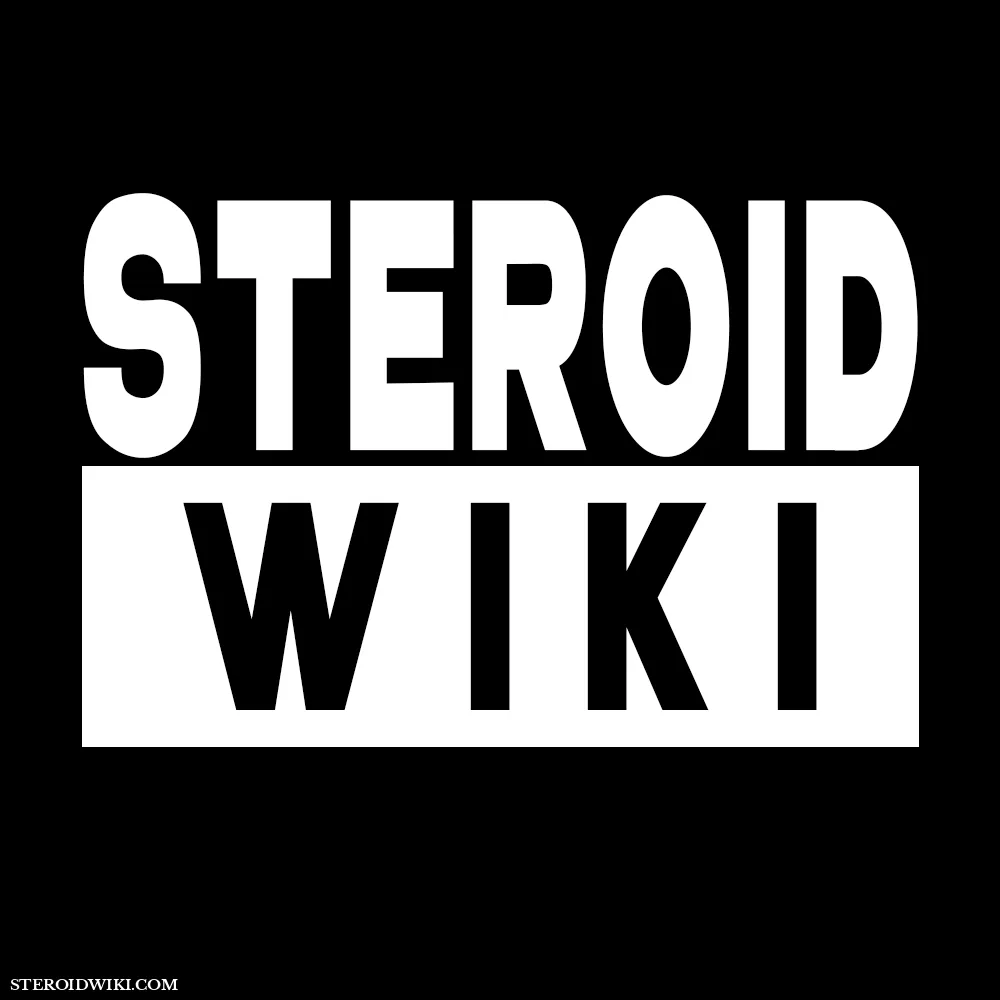KPV (Lysine-Proline-Valine)
KPV (Lysine-Proline-Valine)
Lysine Proline Valine | Tripeptide | a-MSH Fragment
Table of Content
Properties
- Peptide Sequence: Lys-Pro-Val
- Molecular weight: 342.43 g/mol
- Molecular Formula: C16H30N4O4
Description
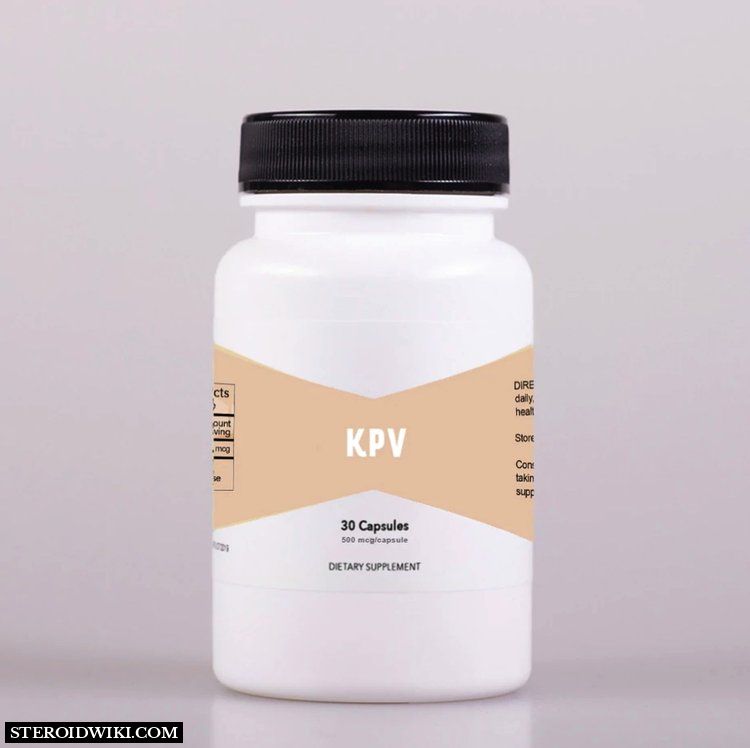
KPV is a short peptide made up of the last 3 amino acids – lysine, proline, and valine – that make up the C-terminus of alpha-melanocyte-stimulating hormone (-MSH), a bigger naturally occurring melanocortin peptide hormone in your body. -MSH is an anti-inflammatory hormone that binds to melanocortin receptors in the skin.
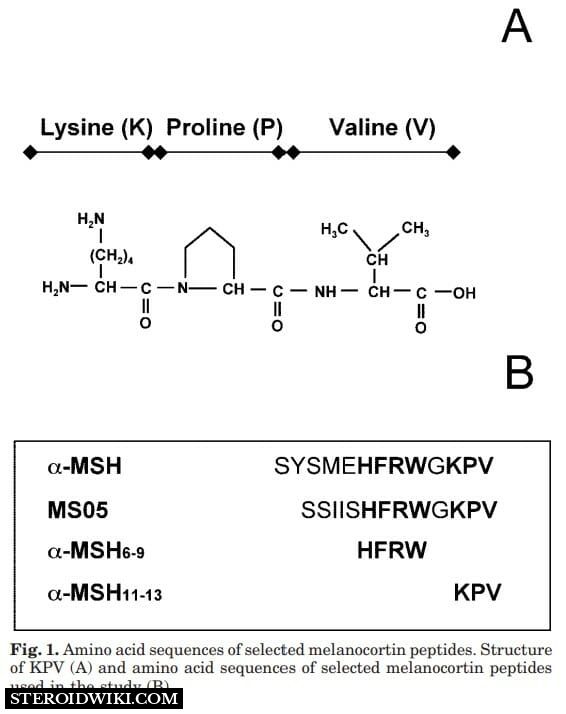
Crystal-induced peritonitis model
In a crystal-induced peritonitis model, both α-MSH and KPV inhibit cytokine release and leukocyte migration inside the peritoneal cavity.
IL-1-induced cutaneous inflammation
Both KPV and α-MSH treatment reduced the inflammatory symptoms in a model of IL-1-induced cutaneous inflammation.
Case studies on KPV
In studies, KPV peptide was reported to exert a more potent anti-inflammatory effect than α-MSH itself. Additionally, a study found that when taken orally, KPV can lessen the inflammatory reactions of immune cells and colonic epithelial cells, as well as lower the incidence of colitis in vivo. KPV significantly reduced NO release and TNF-α mRNA expression in glial cells stimulated with beta-amyloid or interferon-gamma.
It is important to note that the anti-inflammatory outcomes of KPV appear to be mediated through somewhat different mechanisms than those of α -MSH. Whereas α -MSH binds to specific melanocortin receptors, KPV does not. It appears that KPV works to reduce inflammation inside cells by deactivating inflammatory pathways. Evidence of this comes from mouse studies in which blocking. MC3/4 receptors, which mediate anti-inflammatory effects of the α -MSH has no impact on the anti-inflammatory properties of KPV. Specifically, blocking these receptors does not block the leukocyte migration effects induced by KPV.
The ability of KPV to be administered by various methods is also appealing over alpha-MSH, which is only an injection. KPV can be used orally by injection without side effects.
Detailed mechanism of KPV
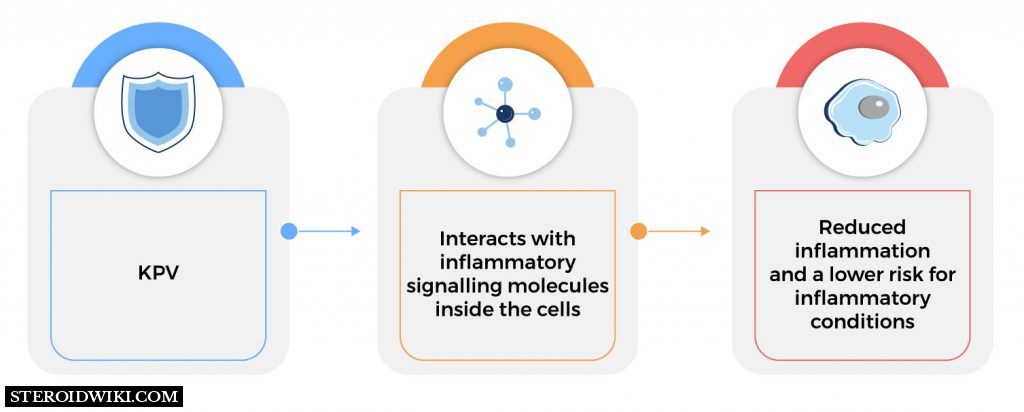
KPV combats inflammation by turning off inflammatory pathways inside cells, Once within the cell, KPV immediately interacts with the molecules responsible for inflammatory signalling. Once within the cell nucleus, it can prevent inflammatory chemicals and molecules from interacting with one another. KPV is a particular kind of -MSH that effectively and differently combats inflammation. Rather of acting via receptors such as -MSH, KPV penetrates cells directly to inhibit inflammation. It interacts with chemicals that cause inflammation to stop them from causing issues. In order for KPV to function independently, PepT1 must assist it. PepT1 facilitates cell entry for KPV. My friend PepT1 may be a target for novel therapeutics in conditions where there is a lot of inflammation in the gastrointestinal tract, such as inflammatory bowel disease (IBD).
Researchers discovered that KPV inhibits inflammation in three different ways: first, by obstructing particular inflammatory pathways; second, by combining with PepT1 to enter cells; and third, by reducing the degree of intestinal inflammation in animals. The exciting part is here: KPV reduces inflammation without severely taxing our immune system. It simply maintains a healthy degree of inflammation by reducing excess. It's more important to have the proper quantity of inflammation than to completely eradicate it. The unique ability of KPV to reduce inflammation without severely inhibiting our immune system sets it apart from other medications. Its anti-inflammatory action is minimal in the absence of inflammation.
Structure of KPV
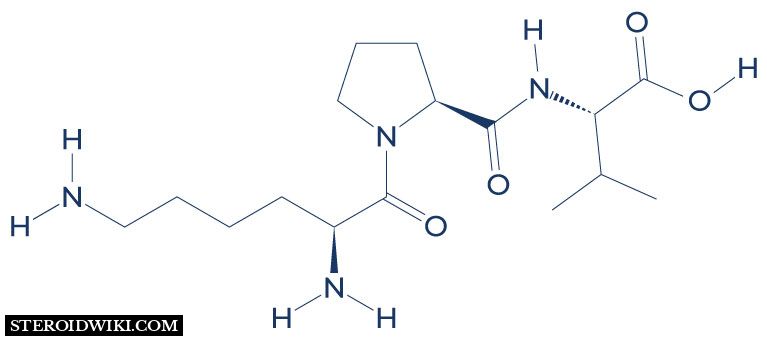
Actions
- Improves Gut Health
- Mast Cell Stabilization / Reduces histamine.
- Assists post-toxic mould exposure.
- Anti Inflammatory
- Anti-Microbial
- Wound Healing
- Skin Healing
- Protect against Nerve Damage
- Strengthen Immune System
Benefits of KPV
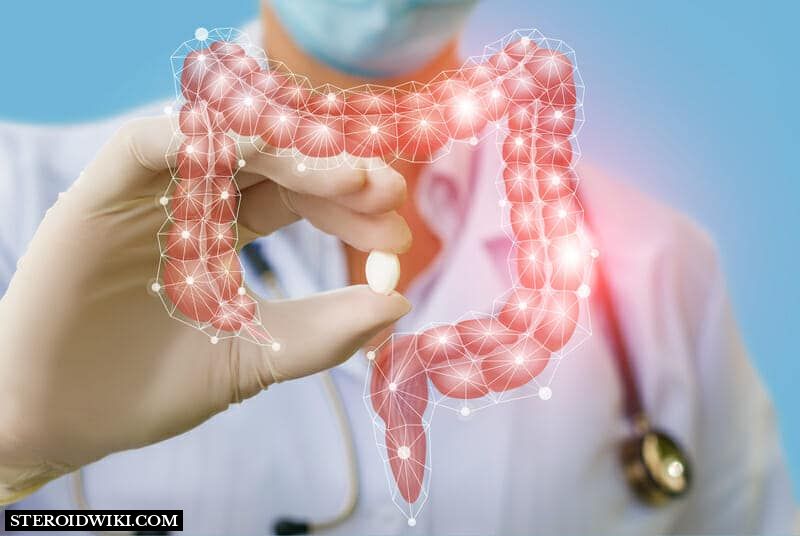
Anti-inflammatory
It has the ability to reduce inflammation which involves chronic, low-grade inflammation associated with metabolic disorders.
Treats Inflammatory Bowel Diseases
Studies indicate that the tiny protein KPV might be useful in the management of inflammatory bowel disease (IBD). KPV enters the stomach and immune cells through a transporter known as PepT1. KPV can thereby lessen inflammation.
Research has shown that when taken orally, KPV reduces inflammatory proteins associated with IBD and blocks inflammatory pathways. Using PepT1, KPV was able to reduce gastrointestinal inflammation and damage in colitis models. KPV can access cells and reduce inflammation at very low dosages. These first results indicate that KPV may be a promising new treatment for IBD.
Control Inflammatory Lung Diseases Like Asthma
KPV peptide exhibits potential in mitigating typical asthmatic lung inflammation. Research indicates that in airway cells, KPV inhibits inflammatory signals. It accomplishes this by obstructing the p65RelA protein's ability to migrate, which initiates inflammation.
KPV penetrates airway cells and stabilizes IκBα, which typically prevents p65RelA from happening. In the nucleus, p65RelA induces swelling and mucus formation; this prevents it from happening. KPV efficiently inhibits chemokines that draw inflammatory cells to the lungs when p65RelA is not activated. Moreover, γ-MSH, a similar peptide, reduces lung inflammation by inhibiting melanocortin receptors rather than p65RelA-like KPV directly. Both strategies could aid in the management of inflammatory lung conditions including asthma.
Immune Modulation
This material probably affects the immune system, assisting in the control and modulation of its reactions. Numerous immunological-related illnesses may benefit from this regulation.
Gastrointestinal Repair
It has the potential to help treat gastrointestinal disorders such as ulcerative colitis, irritable bowel syndrome (IBS), intestinal damage, and potentially colon cancer. This implies that it might aid in the digestive system's upkeep and repair.
Wound and Injury Healing
It promotes the healing of wounds and injuries, which may hasten the healing process. By encouraging regeneration processes and reestablishing the equilibrium of inflammation, they may aid in the restoration of tissue integrity and aid in the healing of wounds.
Skin Appearance
It appears to contribute to improving skin health by repairing skin barrier proteins, which could result in enhanced skin appearance.
Overall Gut Health
This substance likely plays a role in promoting and maintaining gut health beyond specific conditions, potentially contributing to a healthy digestive system.
Anti-tumor Effects on Colon Cancer
Studies reveal that the peptide transporter PepT1 contributes to the development of colitis and associated colon cancer. PepT1 induces intestinal inflammation and tumor formation when it is hyperactive. However, PepT1 is used by the anti-inflammatory peptide KPV to enter cells and obstruct cancer pathways.
Antimicrobial Efficacy
It has qualities that help in fighting against microbes, suggesting some level of effectiveness against certain types of infections.
Side Effects of KPV
Safety & Efficacy
When taken orally at recommended doses, KPV peptide appears to be both safe and effective. This indicates that it can be used without significant risks or adverse effects, delivering its intended benefits.
Skin Pigmentation
Unlike alpha-MSH, KPV does not seem to induce skin pigmentation. This could be a positive aspect for individuals who are concerned about changes in skin coloration as a side effect.
Minimal Side Effects
There are no notable or significant side effects reported with the use of KPV.
Other side effects include
- Diarrhea
- Headache
- Nausea
- Vomiting
Suggested Dose of KPV
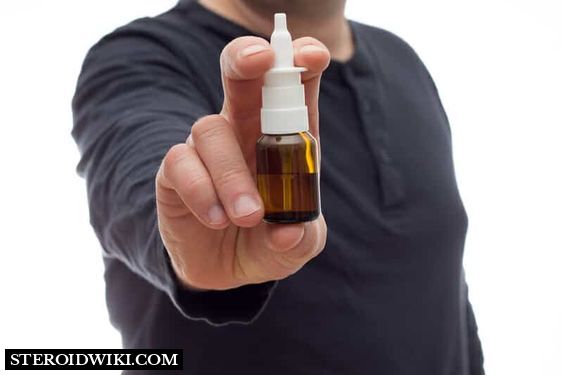
The recommended dosage for KPV tablets is two 250 mg capsules taken twice a day, with or without food, until the illness resolves. Depending on the patient's state and the underlying medical issue, daily dosages could be as high as 2000 mg. Every daily injection meant for subcutaneous administration has to comprise 200–500 micrograms.
Lysine-Proline-Valine, or KPV, is usually applied topically as an ointment or subcutaneous injection. There hasn't been much research done to determine the efficacy and safety of nasal sprays that include this peptide. Because nasal delivery requires vigilance, it is best to start with a low dose of about 500 mcg per spray.
Conclusion
The hormone known as α-MSH produces a peptide called KPV (Lysine-Proline-Valine). It has significant potential as a treatment for a range of inflammatory disorders due to its known ability to lower inflammation, encourage wound healing, and prevent tumor growth. Because KPV can directly inhibit inflammatory signaling pathways and reduce inflammation without causing side effects like other anti-inflammatory medicines, it is very attractive.Inflammatory disorders like ulcerative colitis, asthma, and inflammatory bowel disease (IBD) have shown promise in response to KPV treatment. Studies have demonstrated that KPV can effectively reduce gut inflammation and damage in colitis models, inhibit inflammatory signaling in airway cells, and regulate inflammation in the colon and immune cells—all without jeopardizing healthy intestinal tissue.
KPV's anti-inflammatory properties help promote wound healing. KPV reduces inflammation and promotes the synthesis of collagen, which may speed up wound healing and maintain tissue integrity. Moreover, KPV's anti-tumor properties in colon cancer have been linked to its ability to block cancer pathways and control the formation of tumours.
Taking everything into account, KPV appears to be a versatile medicinal substance that can be used to treat a range of inflammatory disorders. Its targeted activity, manageable side effect profile, and ease of administration make it a good candidate for more study and clinical evaluation.
References
- Brzoska, T., Luger, T. A., Maaser, C., Abels, C., & Böhm, M. (2008). Alpha-melanocyte-stimulating hormone and related tripeptides: biochemistry, antiinflammatory and protective effects in vitro and in vivo, and future perspectives for the treatment of immune-mediated inflammatory diseases. Endocrine reviews, 29(5), 581–602. https://doi.org/10.1210/er.2007-0027.
- Pawar, K., Kolli, C.S., Rangari, V.K. and Babu, R.J., 2017. Transdermal iontophoretic delivery of lysine-proline-valine (KPV) peptide across microporated human skin. Journal of pharmaceutical sciences, 106(7), pp.1814-1820.
- Dalmasso G, Charrier-Hisamuddin L, Nguyen HT, Yan Y, Sitaraman S, Merlin D. PepT1-mediated tripeptide KPV uptake reduces intestinal inflammation. Gastroenterology. 2008;134(1):166–178. doi:10.1053/j.gastro.2007.10.026.
- Mandrika I, Muceniece R, Wikberg JE. Effects of melanocortin peptides on lipopolysaccharide/interferon-gamma-induced NF-kappaB DNA binding and nitric oxide production in macrophage-like RAW 264.7 cells: evidence for dual mechanisms of action. BiochemPharmacol. 2001;61(5):613-21.
- Pawar, K.R., Mulabagal, V., Smith, F., Kolli, C.S., Rangari, V.K. and Babu, R.J., 2015. Stability‐indicating HPLC assay for lysine–proline–valine (KPV) in aqueous solutions and skin homogenates. Biomedical Chromatography, 29(5), pp.716-721.
- Xiao, B., Xu, Z., Viennois, E., Zhang, Y., Zhang, Z., Zhang, M., Han, M.K., Kang, Y. and Merlin, D., 2017. Orally targeted delivery of tripeptide KPV via hyaluronic acid-functionalized nanoparticles efficiently alleviates ulcerative colitis. Molecular Therapy, 25(7), pp.1628-1640.
- Haddad JJ, Lauterbach R, Saadé NE, Safieh-garabedian B, Land SC. Alpha-melanocyte-related tripeptide, Lys-d-Pro-Val, ameliorates endotoxin-induced nuclear factor kappaB translocation and activation: evidence for involvement of an interleukin-1beta193-195 receptor antagonism in the alveolar epithelium. Biochem J. 2001;355(Pt 1):29-38.
- Rajora N, Boccoli G, Catania A, et al. α-MSH modulates experimental inflammatory bowel disease. Peptides. 1997;18:381–385.
Disclaimer: SteroidWiki doesn’t promote unlawful usage of any chemical compound. The knowledge presented in this article and on the website is purely for educational purposes. If you intend to use the information provided in this article for any purpose, please make sure to check & comply with the laws of your country or area.

